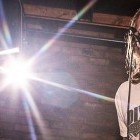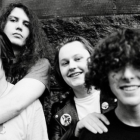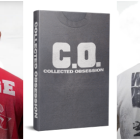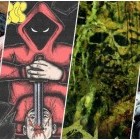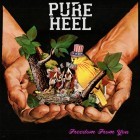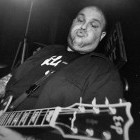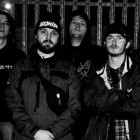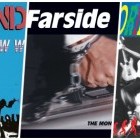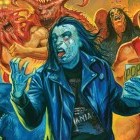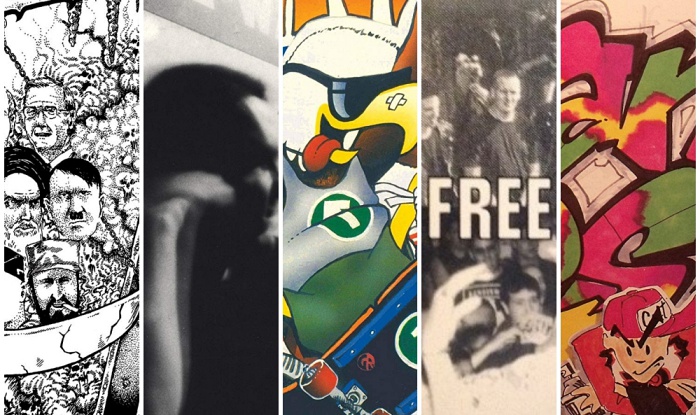
At the end of the '80s, for a very brief time period, Hawker Records was one of the highest profile labels releasing hardcore records. The New York City-based operation had strong distribution and was an imprint of Roadrunner Records, a company already building its future status as one of the biggest labels to ever come out of the heavy metal community. Starting with No For An Answer's A Thought Crusade album in 1988, Hawker Records would go on to issue excellent releases by Token Entry, Wrecking Crew, Pagan Babies, and in Free for All, a live document of an era of hardcore still worshipped over 30 years later.
I've always wondered what the story behind Hawker Records was, especially since it burned fast and bright. After tracking down the label's founder, John Bello, via a mutual friend, I hopped on a 90-minute phone call with him to get his take on the period and his former labor of love. John was very gracious and allowed me room to geek out on some questions I've had for many years.
Tell me a bit about your musical roots.
I was born and raised in Canarsie, Brooklyn. Growing up, I was really into what would be considered classic rock today… you know, Neil Young, Led Zeppelin, all that stuff. The first punk band I got into wa the Ramones through watching the Uncle Floyd Show [a local variety show in the NJ/NY area]. From there, I got into stuff like the Sex Pistols and Dead Kennedys. After that it was the more hardcore stuff like Minor Threat, Bad Brains, and all those bands from that time. My first punk show was at Brooklyn College in 1981 to see the Ramones. I think there was like 25 people there.
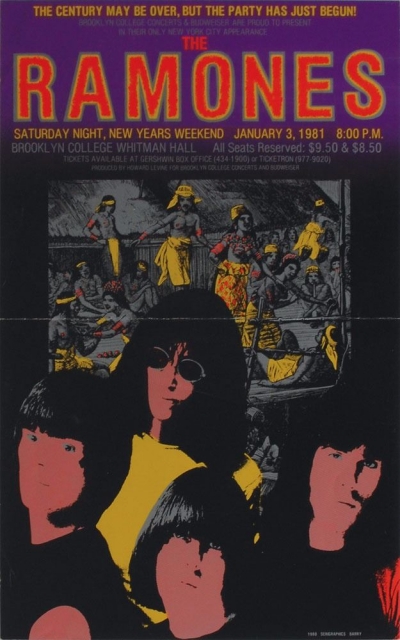
What was the first hardcore record you remember buying?
It was Kraut’s An Adjustment to Society, which I picked up at Sounds in the [Greenwich] Village. At the time, I was Music Director at Brooklyn College’s radio station, so we used to get everything sent to us. You know, 7 Seconds, Minor Threat, and all the underground stuff happening back then.
When did you start connecting with the NYHC scene?
Well, back then, leaving Carnarsie and Brooklyn to venture into Manhattan seemed like a big deal to me [laughs]. But I eventually got a job at Tower Records in the cassette department and it was really exciting. They used to let us play whatever we wanted in our department, but I remember the manager got mad that I played Suicidal Tendencies once [laughs].
That’s where I met the Token Entry guys because they were trying to sell their first cassette [Ready or Not... Here We Come!!]. Anyway, I was also hanging out a lot at CBGBs and [owner] Hilly [Kristal] even let me book some shows there. I believe I booked one of Sick of It All’s first shows. If I remember correctly, it was a bill with Sick of It All, Rest in Pieces, and Token Entry.
So, how did you go from your college radio station and Tower Records to working at a record label?
I found out that one of the guys I worked with at Tower Records was married to a woman named Holly Lane who worked at Roadrunner Records. He mentioned that his wife was looking for an intern, so it was a great way for me to learn the business. I was calling radio stations to see if they were playing the Roadrunner artists and all that kind of stuff. We were pushing King Diamond a lot because that was the artist who was the big seller for the label at the time.
The guy who really made it happen over there was Monte Conner. He signed all of the best-selling bands. I mean, he went on to sign Sepultura! [Laughs] I think I still owe him dinner because we had a bet going on who would sell more records: Sepultura or Token Entry. [Laughs] But who’s counting?
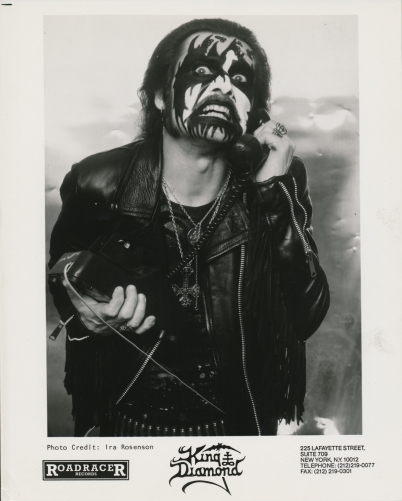
The owner of Roadrunner Records is a Dutch guy named Cees Wessels. What was your relationship with him like?
He was a great guy. The first artist I remember telling him to sign was Rollins Band. Henry [Rollins] called me and said he wanted $50,000 for the deal, which wasn’t bad at all, but he wanted to keep all of his publishing. I told Cees that and he was like, “Oh no, we don’t do that.” Roadrunner kept all of the publishing back then. I argued that Rollins toured his ass off but Cees didn’t want to do it without his publishing money.
The second artist I told Cees to sign will make you laugh. Holly had given me a demo tape of Vernon Reid’s Living Colour. I loved the tape and went to see them at CBGBs and then told Cees we needed to sign them. Cees said, “A black rock band will never make it in the United States.” A year later, they’re selling millions of records and touring with the Rolling Stones and Cees goes, “John, I’m very upset because you did not force me to sign Living Colour.” [Laughs] I think he felt obligated to help me sign some bands after that because he felt bad about the whole Living Colour thing.
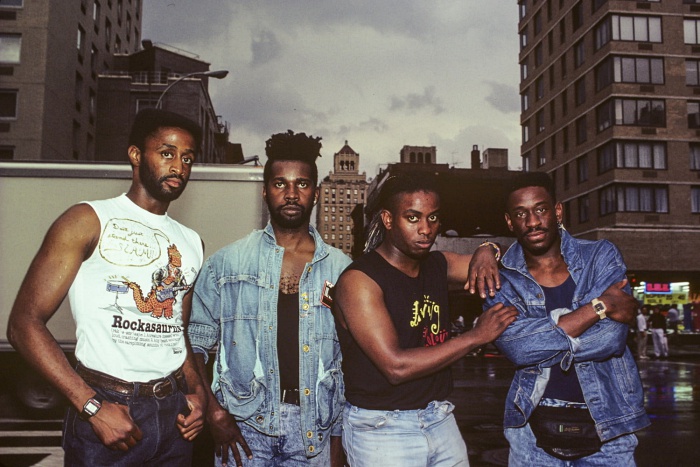
Did Hawker Records begin right then?
Not yet, no. So, Roadrunner was in a competition with Relativity Records (Combat Records, In-Effect Records), and Cees knew that. Relativity was mainly Scott Givens and Howie Abrams and they had a lot of money to work with. I remember they signed Circle Jerks on that Wonderful album. Even before Hawker existed, I had wanted to release a split record with Sick of It All and Krakdown on my own label but Howie ended up getting Sick of It All on Relativity.
Howie was king back then because he knew both the hardcore and metal scenes so well. Plus, Relativity also pushed their records really hard. Howie had the backing and the money. Roadrunner was frugal [laughs]. Typically, Roadrunner used to do these $5,000 deals, so it’s amazing that Monte Conner was able to do what he did with Sepultura and so many other bands.
But seeing what Relativity was doing with Combat Core and In-Effect Records helped get Hawker Started over at Roadrunner Records.
Well, Cees knew how much I loved hardcore and he knew what Relativity was doing, so that’s how it got going. One night, I was out to dinner with Monte and Cees, and Cees says to me, “What’s the music you’re always playing? That ‘haw-ker’ stuff.” [Laughs] With my Brooklyn accent and his European ears, he thought I was saying “haw-ker” instead of “hardcore,” so that’s where Hawker came from.
Cees tells me to go sign some hardcore bands and use Hawker Records as the name of the label. I wanted to use something like "First Offense Records" or "Rude Awakening" to make sure people knew what it was but Cees wanted Hawker [laughs].
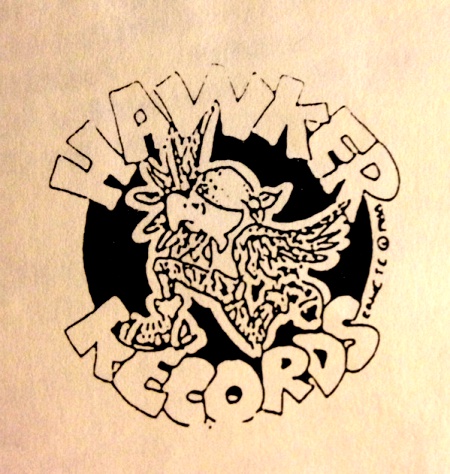
What’s the story behind the Hawker Records logo?
I hated the name but I asked [Token Entry drummer] Ernie [Parada] to come up with something for it. In his infamous and crazy mind, he came up with the hawk dressed up in combat boots and that became the logo. He’s done so many cool covers and shirts for the hardcore scene through the years. I love Ernie.
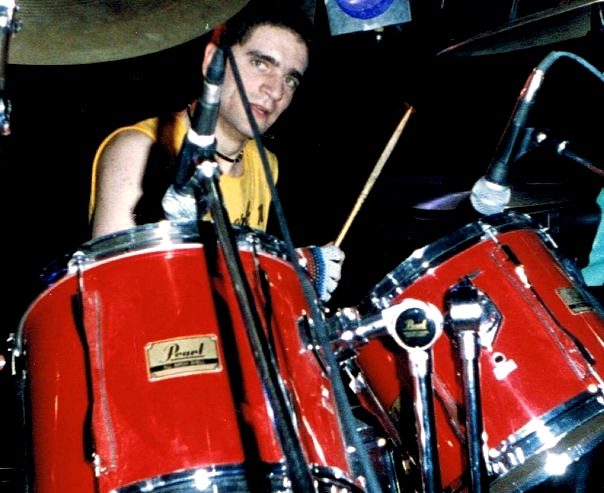
Tell me about No For An Answer, since they were the first band officially released on Hawker Records.
During that time, it seemed like hardcore was all about NYC, Revelation Records, and straight edge. No For An Answer had already released a 7” on Rev and they had a big following. I loved Dan’s [O’Mahony] vocals. The vocals reminded me a bit of Sheer Terror and Killing Time. He was one of the first guys in hardcore to use more of a growling vocal kind of thing. A lot of the other hardcore singers sounded like they were going through puberty [laughs].
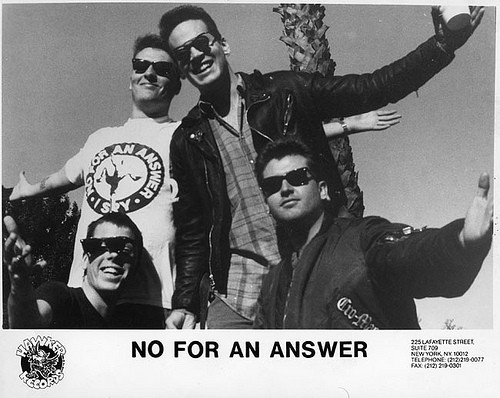
What memories stick about No For An Answer’s A Thought Crusade?
I got this girl—I think her name was Peggy—to do the album cover. I remember the band sent us the picture they wanted for the cover and they asked us to do it in black and white. I remember Dan was very on top of me to make sure the label did what the band envisioned. From what I could tell, Dan was very happy with the results.
Like the other records I did at Hawker, the budget for A Thought Crusade was around $5,000. The band did a great job with the way the record sounds because it’s not over-produced like some of the other albums from that time period. “Domino Principle” and “Rusty Pipes” are two phenomenal songs from that album.
How did Wrecking Crew get on Hawker? I think Balance of Terror is such an underrated record.
I think it might have been Cees that mentioned them and I reached out to the band about getting a tape. I also remember Mike Gitter telling me about them. He knew about everything going on in the underground and he told me that Wrecking Crew and Slapshot were the two biggest bands in Boston at the time.
The other part about Wrecking Crew that Mike pointed out was the crossover potential because they had all of the hardcore fans who loved stuff like SSD and Cro-Mags, but also the metal crowd. [Suburban Voice founder] Al Quint also helped connect me with the band. Anyway, I offered them the deal and we went from there. I loved the album and the guys were really easy to work with, very professional.
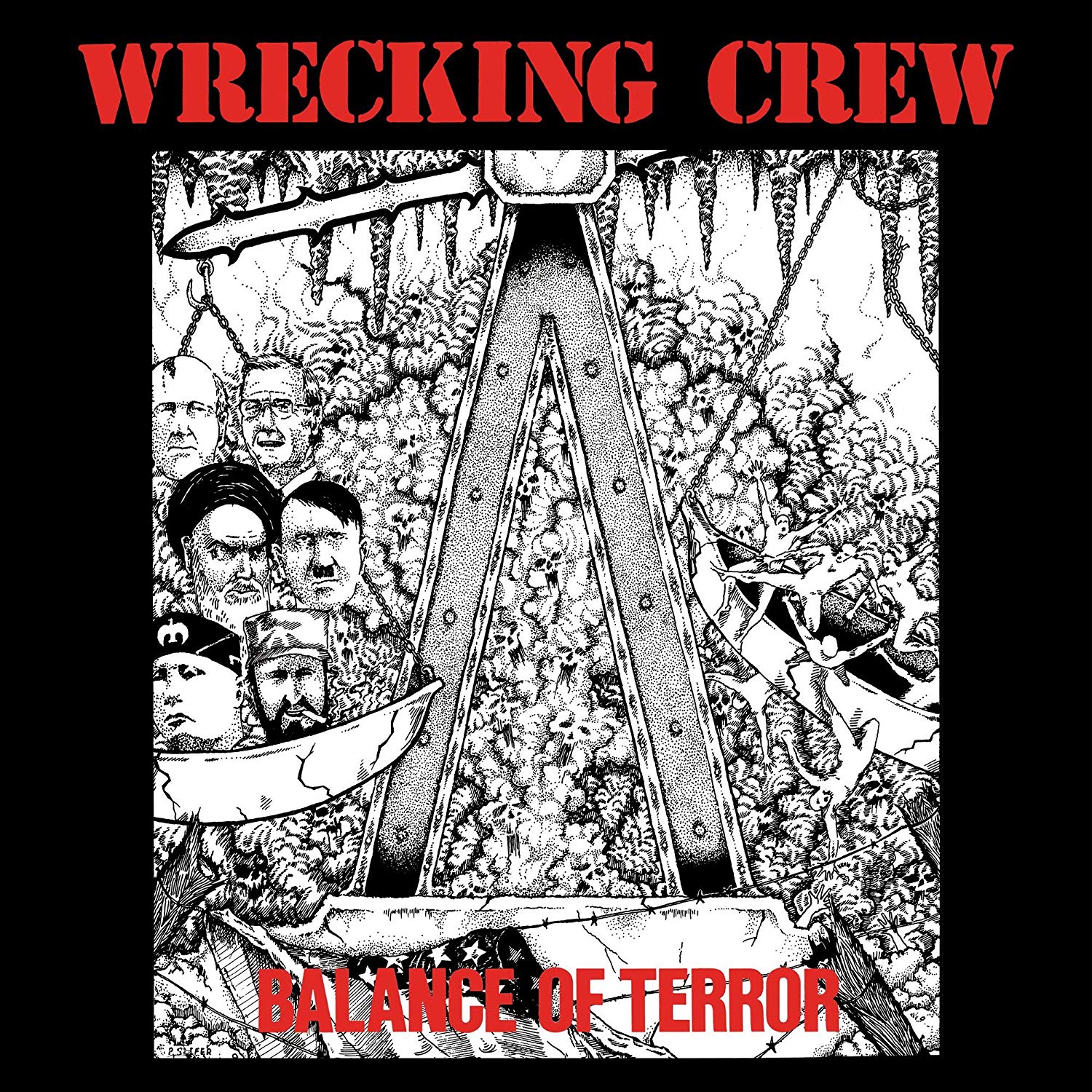
The next Hawker Records release was Token Entry’s sophomore album, Jaybird, in 1988.
To be honest with you, I feel like Jaybird should have been their first album and From Beneath the Streets (1987) their second. I hate the production on From Beneath the Streets and if it were done better, it would have been much bigger for them. That album had come out on Positive Force and [label owner] Kevin [Seconds] was too busy touring with 7 Seconds to concentrate on Token Entry, so he was fine with them looking for a new label.
So, the Token Entry guys came to me and I told them I can get them $5,000 to do the record and they agreed. They got Jerry Williams to engineer it and we originally had Flea from the Red Hot Chili Peppers on board to produce it. But once the studio was booked to make Jaybird, the Peppers were getting big from their Mother’s Milk album and they had a big European tour coming up, so Flea couldn’t do it.
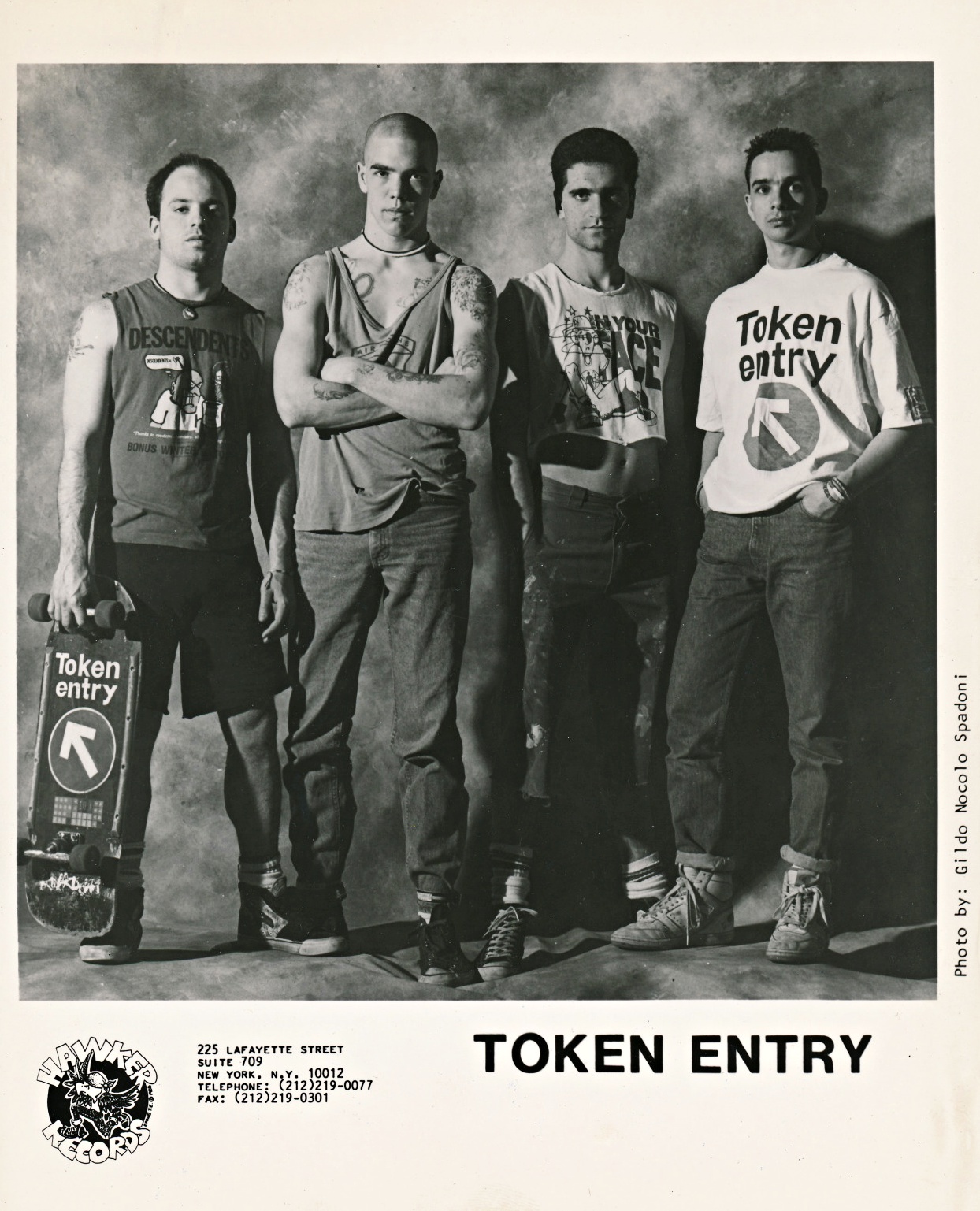
Wow, Flea producing Token Entry! That would have been interesting.
Yeah, but once I told the band that Flea couldn’t do it, Ernie suggested Dr. Know of the Bad Brains to produce it because they knew each other from playing shows together. I love the way Jaybird came out because it reminded me of older hardcore, even back then. Mickey [Neal] is such an underrated guitarist. Dr. Know really did a great job of getting the best out of Mickey and his sound. I think Jaybird has such a huge punch to it, so that’s why I think it would have been a better debut album for Token Entry.
The Free for All compilation is a classic release and one near and dear to my heart. That was recorded live at CBGBs in 1989 and featured No For An Answer, Token Entry, Wrecking Crew, and Rest in Pieces. How did that all come together?
I don’t remember how it came up, but the idea was to put together a compilation of the Hawker bands. I think it was Cees from Roadrunner who suggest that it be a live album. I approached Hilly from CBGBs and once I told that Token Entry and Pieces were going to be on the bill, he was good with it because he knew the show would draw well.
Then I called Dan from No For An Answer and they were into doing it but they didn’t have a tour booked, so they would need to borrow equipment. Once I asked Wrecking Crew to play, they agreed to let No For An Answer use their gear.
What do you remember about that day?
Man, there was so much pressure. I remember getting there hours early and pacing around the club. About two hours before the show, there were maybe 10 people waiting outside. [Laughs] I was shitting bricks! I had No For An Answer flying in just for the show and I was afraid the turnout would be bad. It was also raining a bit that day.
Anyway, I went for a walk and when I came back, the line was stretched down the block. I asked the door guy what the story was and he said that capacity is 500, but they squeezed in 700 people into the club! The closest I got to the stage was the pool table in the back.
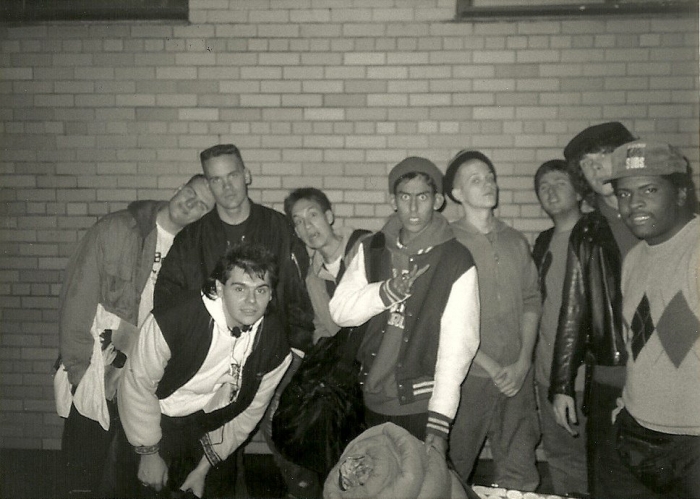
How did the Pagan Babies get on your radar?
Timmy Chunks of Token Entry was good friends with them but I hadn’t heard them yet. One day, Cees tells me he got this tape from a Philly band called Pagan Babies and that he was going to sign them to the label. Someone had given it to him, I don’t remember who. Anyway, I went to go see them at City Gardens to see them and took some photos with a disposable camera and that ended up on the back cover of the Next album. I thought that band was really great, very melodic.
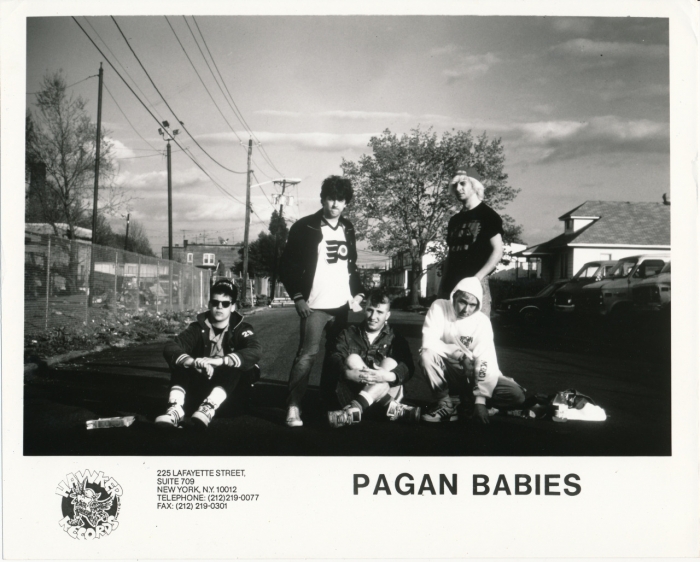
How about the cover art for Next? I love that and I’m not even a graffiti head like a lot of other people in the hardcore scene are. Were the folks at Roadrunner a bit weirded out with that being on the cover?
No, they didn’t have a problem with it. I remember it was Mark Pingitore from Pagan Babies who I dealt with in the band. The cover art was done by the band’s drummer, Bruce Boyd. He was into stuff like Big Daddy Kane and Eric B. and Rakim and you can hear a bit of that kind of influence on that Pagan Babies album. I was cool with whatever they wanted to do, and so was Cees at the other people at Roadrunner.
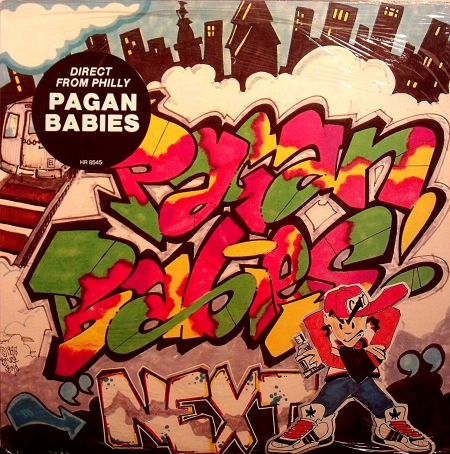
The outlier on the Hawker Records discography is that Jones Very album, which was a band Vic Bondi from Articles of Faith was in. How did that end up on the label?
Cees calls me up one day and says, “We’re putting out this record by a band called Jones Very.” [Laughs] I was like, “OK, but can I listen to it first?” Cees says, “No, we’re putting it out.” [Laughs] He asked me to do the best I could with it and that was that. I think Cees had some kind of deal with Vic in Europe and that was that. I wasn’t into that record and the label didn’t push it at all. If someone told me we sold 100 copies of that album, that would be 100 more than I thought we did [laughs]. Again, it was my label, but it really wasn’t.
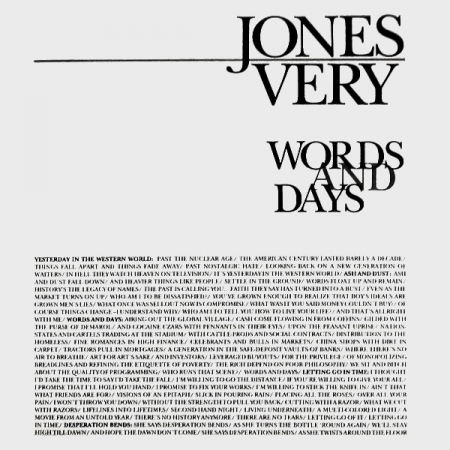
Though Rest in Pieces wasn’t officially part of the Hawker Records roster, you had something to do with them being on Roadracer Records [a subsidiary of Roadrunner Records], right?
Yeah, I knew [guitarist] Rob [Echeverria] and [drummer/vocalist] Armand [Majidi] and they told me were working on a new stuff and were looking for a label. I offered them the $5,000 and they weren’t really happy with it but eventually agreed to do it. I asked them where they wanted to record the album and they said Normandy Sound in Rhode Island.
That place wasn’t cheap and here I was trying to make the record happen with such a low budget [laughs]. The records weren’t selling either, so that didn’t help my stress! Anyway, I get a phone call from Cees telling me Rest in Pieces is over budget and he wants me to fly to Normandy Sound to make sure the album gets done.
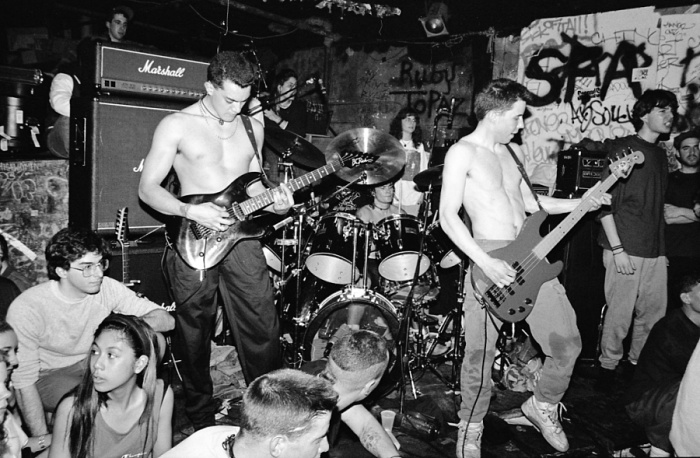
I can’t imagine the pressure you were under.
Oh man, I was so stressed. I get to the studio and find out that the band and the drummer parted ways. Armand looks at me and says, “John, I’m a drummer. Straight Ahead. I played drums. Remember?” [Laughs] So, that took care of that. I asked Cees for more money because we had to do the drums over and they wanted Tom Coyne to master it. Cees wasn’t happy but he gave us the money to finish everything.
That album, Under My Skin, didn’t go over well at the time. Though I still listen to it to this day, I know people who can’t stand it. What was the feeling like within the band once it was finished?
Armand hated the way his vocals sounded, which I could understand because on the first Rest in Pieces album [My Rage (1987)], he sounded much raspier. Armand wanted to go back and record them over but we had no budget for that. But I love the way that album sounds. The songs “Forty Years of Injustice” and “Hooked Up” are phenomenal. Rob is such a great guitarist.
But to go back to what you said, Under My Skin was such a hard record to get any airplay on. The hardcore fans said it was too metal and the metal fans didn’t think Armand’s vocals weren’t high-pitched enough. A lot of people didn’t like the album but I think it’s appreciated more today than back then.
What can you share about the making of the cover art for the Under My Skin album? It was done by Pushead, so I would be remiss to not ask.
I think it was Armand who wanted Pushead to do it. I got Pushead’s number from [xXx Fanzine, future record label A&R executive] Mike Gitter because they both wrote for Thrasher back then. Armand kind of gave him a concept of what he wanted, but when the art came in, he wasn’t really happy with it. Armand is the kind of guy who knows what he wants, but I remember he looked at the art and said, “I’m not really into it, but I guess I’ll accept it.”
Pushead was very busy, especially back then, so he was on to the next project anyway. But yeah, Armand and the band worked around it and we obviously used it for the cover.
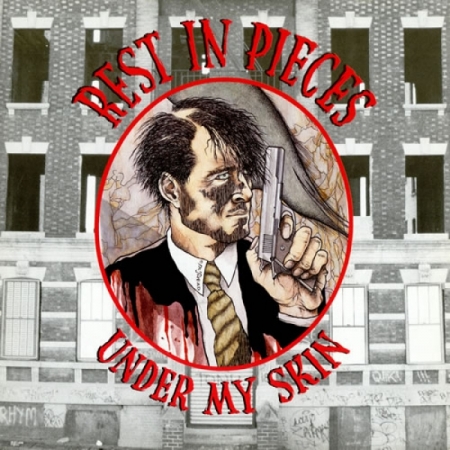
The last thing I wanted to ask you about Under My Skin was that though you were involved with the making of it, like I stated earlier, the album actually came out on Roadracer Records, a subsidiary of Roadrunner, not Hawker Records. What happened there?
I think at that time, Cees needed more acts on the Roadracer label because of some tax reason. I'm not really sure how that all worked but he wanted me to market the album like I would any Hawker release. I told Armand and Craig about that and they didn't give a shit as long as it came out [laughs].
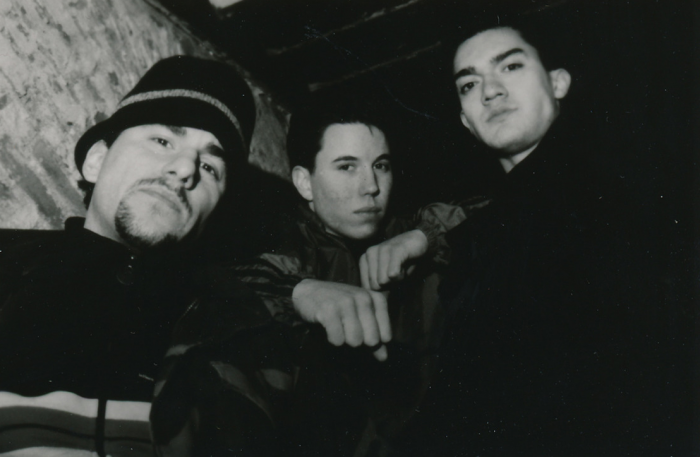
How did Hawker Records finally come to an end?
The writing was on the wall. The records I was working on were not selling. I think that happened because of two reasons. First off, Roadrunner wasn't pushing any of the Hawker releases. Also, Relativity Records was distributing my records. So, if you're Relativity, who would you push? Sick of It All and Killing Time or Token Entry and No For An Answer? Listen, that's business, and I get it. Cees finally said we should call it quits. I stayed on a bit with Roadrunner but it wasn't the same. Howie from Relativity eventually came to the label and eventually brought in bands like Madball.
But I have to say, it was a lot of fun to do Hawker and Cees was always cool about everything. I'm proud of all those records and getting to work with the bands.
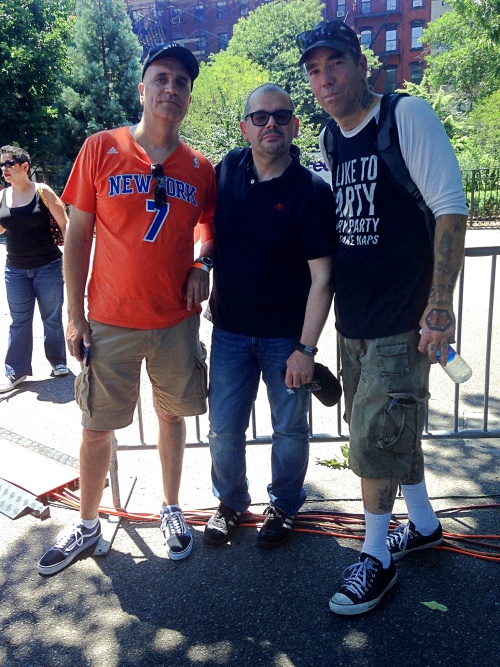
***
If you're shopping for vinyl, CD, and cassette hardcore titles, head to No Echo's partner store, Reverb LP, to see what they have available. Every purchase you make helps No Echo with site costs.
Tagged: hawker records, no for an answer, pagan babies, rest in pieces, token entry, wrecking crew



